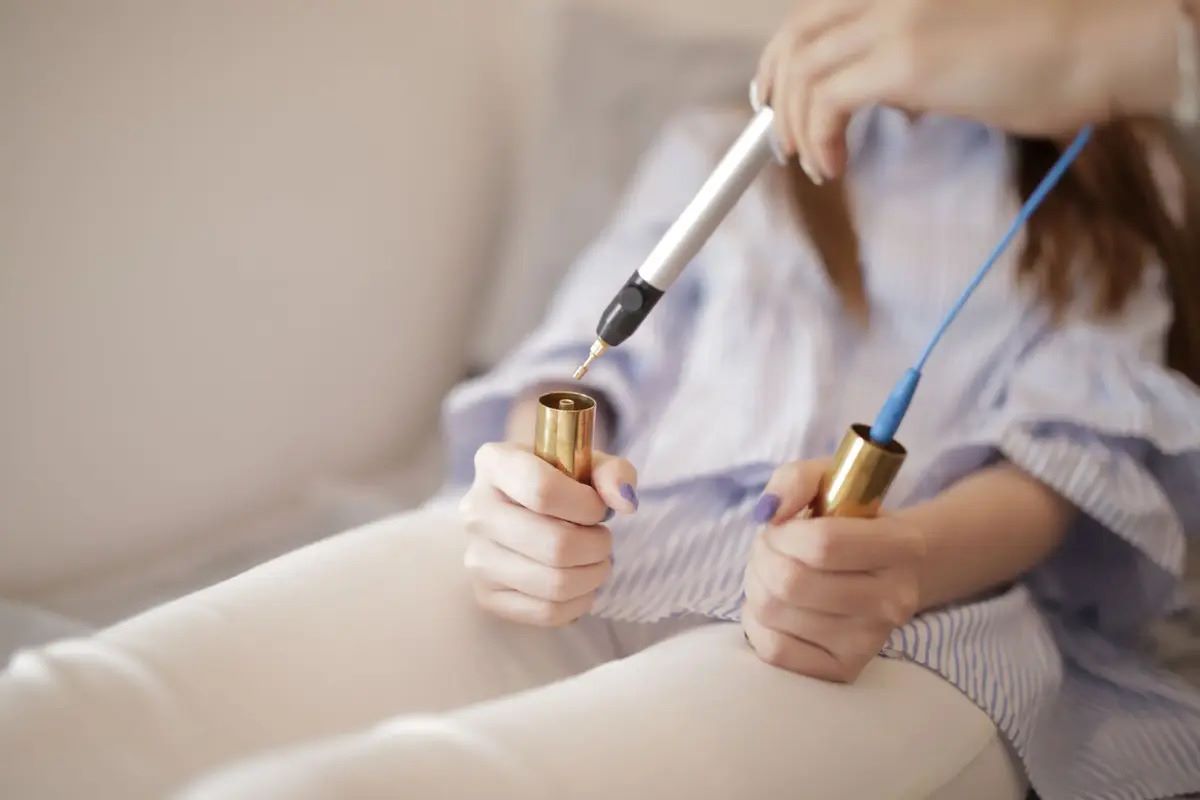
Colorpuncture is a unique therapy that combines acupuncture principles with colored light. Developed by Peter Mandel, this method aims to balance energy in the body by applying colored light to acupuncture points. But does it really work? Many practitioners and patients swear by its effectiveness, claiming it helps with everything from pain relief to emotional well-being. Critics, however, argue that more scientific research is needed to validate these claims. So, what should you believe? This blog post dives into 20 intriguing facts about colorpuncture, shedding light on its origins, techniques, benefits, and controversies. Whether you're a skeptic or a believer, these facts will give you a clearer picture of this fascinating therapy.
What is Colorpuncture?
Colorpuncture, also known as Esogetic Colorpuncture, is a holistic healing method that uses colored light to stimulate acupuncture points. Developed by German naturopath Peter Mandel, this therapy aims to balance the body's energy and promote healing.
-
Colorpuncture combines principles of acupuncture and color therapy. Instead of needles, practitioners use light pens with colored tips to apply light to specific points on the skin.
-
Peter Mandel created Colorpuncture in the 1970s. His goal was to integrate traditional Chinese medicine with modern light therapy techniques.
-
It is based on the belief that light can influence the body's energy fields. Different colors are thought to have various effects on physical, emotional, and mental health.
How Does Colorpuncture Work?
Colorpuncture works by targeting specific points on the body with colored light. Each color is believed to have unique properties that can influence the body's energy and promote healing.
-
Red light is used to stimulate and energize. It is often applied to boost circulation and vitality.
-
Blue light has calming and soothing effects. It is commonly used to reduce stress and anxiety.
-
Green light is thought to balance and harmonize. Practitioners use it to promote overall well-being and equilibrium.
Benefits of Colorpuncture
Colorpuncture offers a range of potential benefits, from physical healing to emotional balance. Here are some of the key advantages reported by practitioners and patients.
-
It can help alleviate pain. Many people use Colorpuncture to manage chronic pain conditions like arthritis and migraines.
-
It may improve sleep quality. By balancing the body's energy, Colorpuncture can help regulate sleep patterns and combat insomnia.
-
It supports emotional health. This therapy is often used to address emotional issues such as depression, anxiety, and stress.
Scientific Research on Colorpuncture
While Colorpuncture is popular in holistic health circles, scientific research on its effectiveness is still limited. However, some studies have explored its potential benefits.
-
A 2010 study found that Colorpuncture could reduce symptoms of depression. Participants reported feeling less depressed after several sessions of Colorpuncture therapy.
-
Research in 2015 suggested that Colorpuncture might help with chronic pain. Patients with fibromyalgia experienced reduced pain levels after undergoing treatment.
-
A 2018 study indicated potential benefits for sleep disorders. Participants with insomnia showed improvements in sleep quality after Colorpuncture sessions.
Colorpuncture Tools and Techniques
Practitioners use various tools and techniques to deliver Colorpuncture therapy. These tools are designed to apply colored light precisely and effectively.
-
Light pens are the primary tool used in Colorpuncture. These devices emit colored light and are applied to specific points on the skin.
-
Different colored filters can be attached to the light pens. This allows practitioners to customize treatments based on the patient's needs.
-
Practitioners may also use crystal wands. These tools are believed to enhance the effects of colored light by focusing energy more precisely.
Training and Certification for Colorpuncture Practitioners
Becoming a Colorpuncture practitioner requires specialized training and certification. This ensures that practitioners are knowledgeable and skilled in this unique therapy.
-
Training programs are available worldwide. Many institutions offer courses in Colorpuncture, ranging from basic to advanced levels.
-
Certification is often required to practice professionally. Certified practitioners have completed rigorous training and demonstrated their competence in Colorpuncture techniques.
-
Continuing education is important for practitioners. Staying updated on the latest research and techniques helps practitioners provide the best care for their patients.
Popularity and Acceptance of Colorpuncture
Colorpuncture has gained popularity in recent years, particularly among those seeking alternative and complementary therapies. Its acceptance varies across different regions and communities.
-
It is widely practiced in Europe. Countries like Germany and Switzerland have a strong tradition of holistic health practices, including Colorpuncture.
-
Interest is growing in the United States. More people are exploring Colorpuncture as part of their holistic health routines, seeking natural ways to support their well-being.
Final Thoughts on Colorpuncture
Colorpuncture offers a unique blend of color therapy and acupuncture principles. This alternative therapy uses colored light to stimulate acupuncture points, aiming to balance energy and promote healing. While scientific evidence is still catching up, many users report positive experiences. It's non-invasive, making it a gentle option for those wary of needles. Practitioners believe it can address a range of issues, from physical pain to emotional stress. If you're curious, consult a certified colorpuncture therapist to explore its potential benefits. Always remember, it's essential to complement alternative therapies with conventional medical advice. Colorpuncture might not be a cure-all, but it could be a valuable addition to your wellness toolkit. Give it a try and see if it brings a splash of color to your health journey.
Was this page helpful?
Our commitment to delivering trustworthy and engaging content is at the heart of what we do. Each fact on our site is contributed by real users like you, bringing a wealth of diverse insights and information. To ensure the highest standards of accuracy and reliability, our dedicated editors meticulously review each submission. This process guarantees that the facts we share are not only fascinating but also credible. Trust in our commitment to quality and authenticity as you explore and learn with us.


